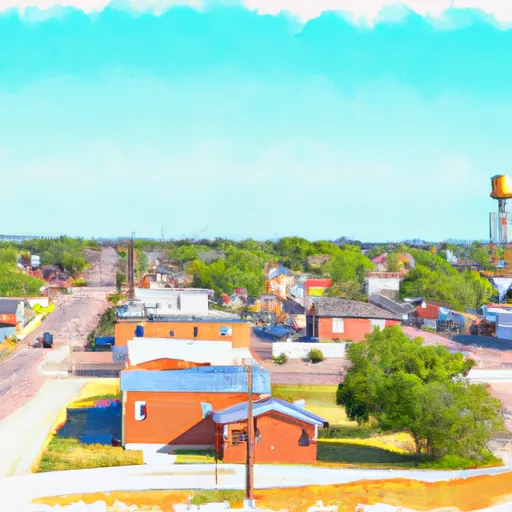°F
°F
mph
Windspeed
%
Humidity











Wetumka, Oklahoma is a small town located in Hughes County. The climate in Wetumka is classified as humid subtropical, with hot summers and mild winters. Summers are typically hot and humid, with temperatures averaging around 90°F (32°C), while winters are mild, with temperatures averaging around 50°F (10°C). Rainfall is relatively evenly distributed throughout the year, with an average annual precipitation of around 40 inches.
Hydrologically, Wetumka is situated in the Cross Timbers region, which is characterized by rolling hills and numerous streams, including the North Canadian River. The area is known for its rich hydrology and abundant water resources.
Outdoor enthusiasts in Wetumka can take advantage of various recreational opportunities. The region offers excellent fishing and boating opportunities, with several lakes nearby, including Lake Wetumka and Lake Eufaula. These lakes are home to a variety of fish species, including largemouth bass, catfish, and crappie. Additionally, the surrounding area provides opportunities for hiking, camping, and wildlife watching, as it is situated near the scenic Robbers Cave State Park and the expansive Ouachita National Forest.
Weather Forecast
Wetumka receives approximately 1092mm of rain per year, with humidity levels near 83% and air temperatures averaging around 17°C. Wetumka has a plant hardyness factor of 7, meaning plants and agriculture in this region tend to thrive during the non-winter months.
Regional Streamflow Levels
25
Cubic Feet Per Second
89
Cubic Feet Per Second
6
Cubic Feet Per Second
0
Cubic Feet Per Second
Nearby Camping
| Camping Area | Reservations | Toilets | Showers |
|---|---|---|---|
| Wah - Sha - She State Park | |||
| Hominy Municipal Lake | |||
| Caney Bend | |||
| Sedan City Park | |||
| Feyodi Creek RV Park | |||
| Bluestem Lake |



